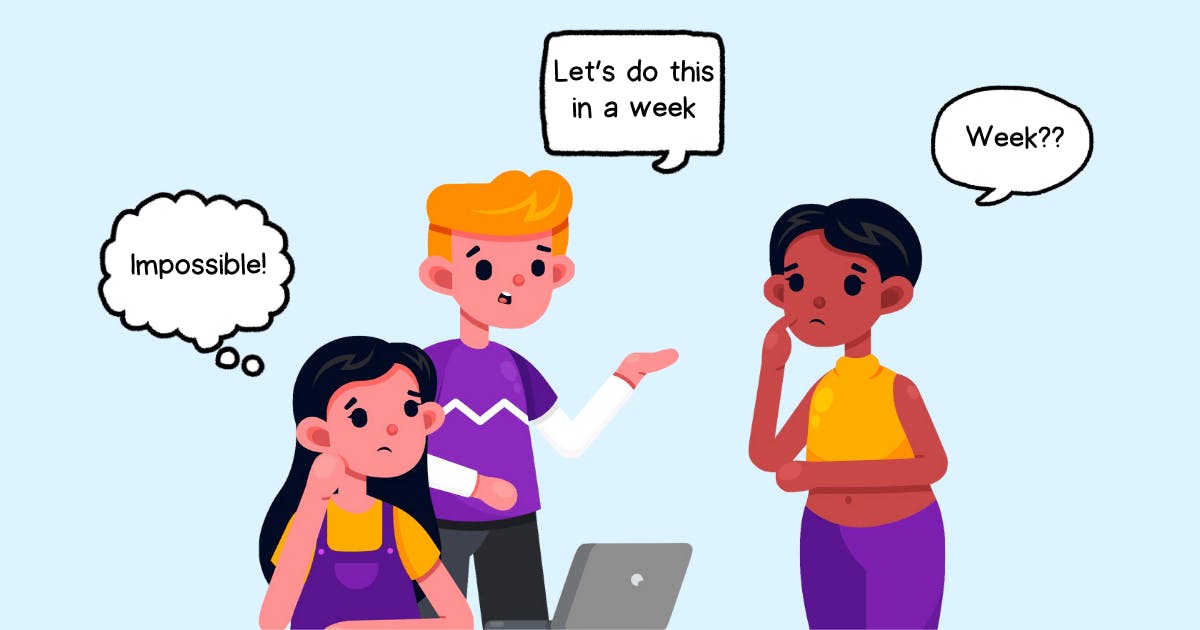Table of Links
Abstract and 1 Introduction 2. Data
3. Measuring Media Slant and 3.1. Text pre-processing and featurization
3.2. Classifying transcripts by TV source
3.3. Text similarity between newspapers and TV stations and 3.4. Topic model
4. Econometric Framework
4.1. Instrumental variables specification
4.2. Instrument first stage and validity
5. Results
5.1. Main results
5.2. Robustness checks
6. Mechanisms and Heterogeneity
6.1. Local vs. national or international news content
6.2. Cable news media slant polarizes local newspapers
7. Conclusion and References
Online Appendices
A. Data Appendix
A.1. Newspaper articles
A.2. Alternative county matching of newspapers and A.3. Filtering of the article snippets
A.4. Included prime-time TV shows and A.5. Summary statistics
B. Methods Appendix, B.1. Text pre-processing and B.2. Bigrams most predictive for FNC or CNN/MSNBC
B.3. Human validation of NLP model
B.4. Distribution of Fox News similarity in newspapers and B.5. Example articles by Fox News similarity
B.6. Topics from the newspaper-based LDA model
C. Results Appendix
C.1. First stage results and C.2. Instrument exogeneity
C.3. Placebo: Content similarity in 1995/96
C.4. OLS results
C.5. Reduced form results
C.6. Sub-samples: Newspaper headquarters and other counties and C.7. Robustness: Alternative county matching
C.8. Robustness: Historical circulation weights and C.9. Robustness: Relative circulation weights
C.10. Robustness: Absolute and relative FNC viewership and C.11. Robustness: Dropping observations and clustering
C.12. Mechanisms: Language features and topics
C.13. Mechanisms: Descriptive Evidence on Demand Side
C.14. Mechanisms: Slant contagion and polarization
C.13. Mechanisms: Descriptive Evidence on Demand Side
A relevant question is whether the effects of contagious slant are driven by supply or demand – that is, a direct influence on news producers, or else theirs response to changes in reader preferences. Newspaper readers, influenced by their cable news consumption, might demand more slanted news content. On the supply side, owners, editors, or journalists exposed to certain channels may borrow the associated slanted content and push it to consumers.
The previous literature has produced mixed evidence, with some work showing that slant across U.S. newspapers reflects the political preferences of readers rather than producers (Gentzkow and Shapiro, 2010), while other work has shown that media owners do influence news content (Gilens and Hertzman, 2000; Martin and McCrain, 2019; Mastrorocco and Ornaghi, 2020; Szeidl and Szucs, 2021). Given the declining revenues in the local news industry during the 2005-2008 time period (Evans, 2009; Rolnik et al., 2019; Djourelova et al., 2021), it could be that newspapers have less leeway to deviate from consumer preferences in favor of producer preferences. On the other hand, lower revenues might also reduce newsmaking resources. Then, borrowing content from national platforms may provide a cheap production alternative to original reporting.
The features of the institutional setting make direct influence of journalists, either through production costs or ideological preferences, a less likely or at least less salient mechanism for the observed 2SLS effects. A journalist can easily access cable news and borrow material, regardless of the local channel position (assuming that journalists are relatively sophisticated news consumers). Martin and Yurukoglu (2017) discuss this issue in the context of voting, where one would expect cable news to influence swing voters who don’t have a strong partisan commitment. Ash and Poyker (2019) make a similar point for judges: cable news influences criminal sentencing through voters and judicial elections rather than persuading judges directly.
Here, we provide some descriptive evidence on the demand side by comparing the effects of cable-channel exposure on news content to the parallel effects on Republican vote share documented in previous work (Martin and Yurukoglu, 2017; Ash et al., 2021). If the contagious-slant effects are driven by responses to a cable news-induced demand shift among readers, we would expect newspapers to react most in counties where the FNC effect on Republican voting is the largest. To test for this possibility, we use a machine-learning approach to model heterogeneous treatment effects across counties in the response to the channel-position instrument. This generalized model – a causal forest from Athey et al. (2019) – allows the reduced form effect of channel position to vary flexibly with local covariates. After collapsing the data to the county level, we train two models – one with newspaper slant as the outcome and a second with 2008 Republican vote share as the outcome.
Using the trained causal forests, we predict county-specific treatment effects for both outcomes. Figure C.6 shows that the predicted effect sizes for each outcome are highly correlated across counties (with a Pearson’s correlation of 0.25). Further, Table C.16 shows that similar covariates predict a strong response for both news similarity and Republican vote share. Overall, these findings suggest that the types of counties who are responsive to cable news exposure in their voting are also responsive in the associated news content similarity. We interpret this result as descriptive evidence for the relative importance of demand-side effects.
Figure C.6: Predicted treatment effects of instrument: similarity to FNC versus Republican votes in 2008












